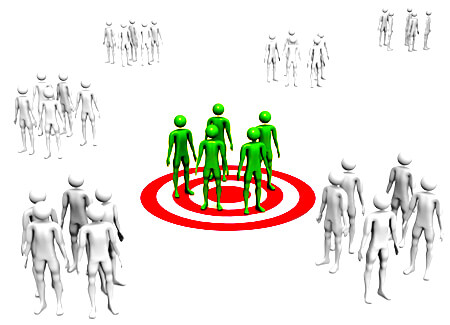How to Create the Best Buyer Persona for Your Marketing Campaign
A persona refers to the identification and “tagging” of each of the different groups that comprise the best potential purchasers of your products or services. Identifying these sub-groups by name enables you to better see them as real people with real needs. Members of each group, or persona, share similar goals and behavior patterns; by identifying them, you can better tailor your marketing to reach out to them in a more personalized manner that is going to much more effective than taking the “one size fits all” advertising approach.
Consider how two plumbers might approach their marketing. Acme Plumbing is concentrating its efforts on promoting the tagline “Acme Plumbing Service – Call for a free estimate,” and trying to sell to anybody and everybody. On the other hand, Diamond Plumbers might identify its potential market in terms of two distinct buyer personas: Joe the Frustrated Do-It-Yourselfer and Alice the Worrywart. Joe might best be reached by appealing to his need for a little professional help to finish what he started, while Alice might respond better to a message reassuring her that the plumbing experts are on the way and that everything really is going to be okay.
Defining Your Buyer Personas
Most companies will need between three and five personas to adequately represent the bulk of their best potential customers while still allowing for the creation of a manageable number of separate marketing messages.
- The key to persona creation is to focus on gathering information about people who could be potential customers but who presently have no idea who you are. Strangers to your brand are going to provide more truthful information about their likes and dislikes, pain points, and buying triggers.
- A great low-cost alternative to expensive market research is Google Consumer Surveys. You can specify your target audience, ask up to 10 questions, and start seeing results in a matter of hours. You have several question formats to choose from, including multiple-choice, satisfaction star-ratings, and open-ended questions. When the survey is completed, results are analyzed and presented in an easy to read report.
Key Information You Need to Help Define Your Buyer Persona
- The basic goals and challenges that people have as they relate to your products. What are they looking for, and what types of problems have they encountered in making a purchase decision? What are their pain points?
- What types of values and fears are people bringing to the table? What are the most common objections people have about your product category?
- How can your company help each persona group meet their goals and challenges and overcome or reduce their fears? Which products will best solve their pain?
- Basic demographic information such as age, sex, education. If you primarily sell to other businesses, you’ll want to know about their industry classification, and their company size in terms of number of employees and gross sales.
- What are the best types of marketing messages to send? What appeals should you use to address the needs and concerns of each persona?










